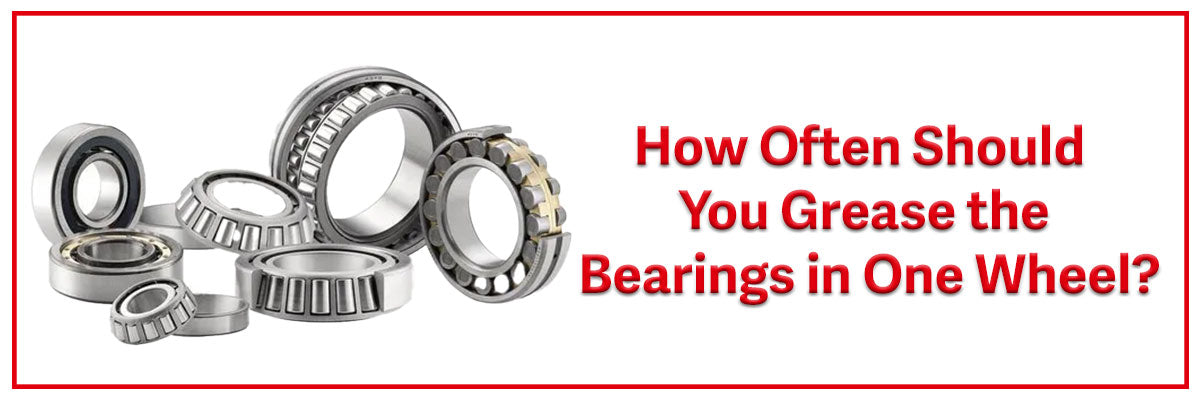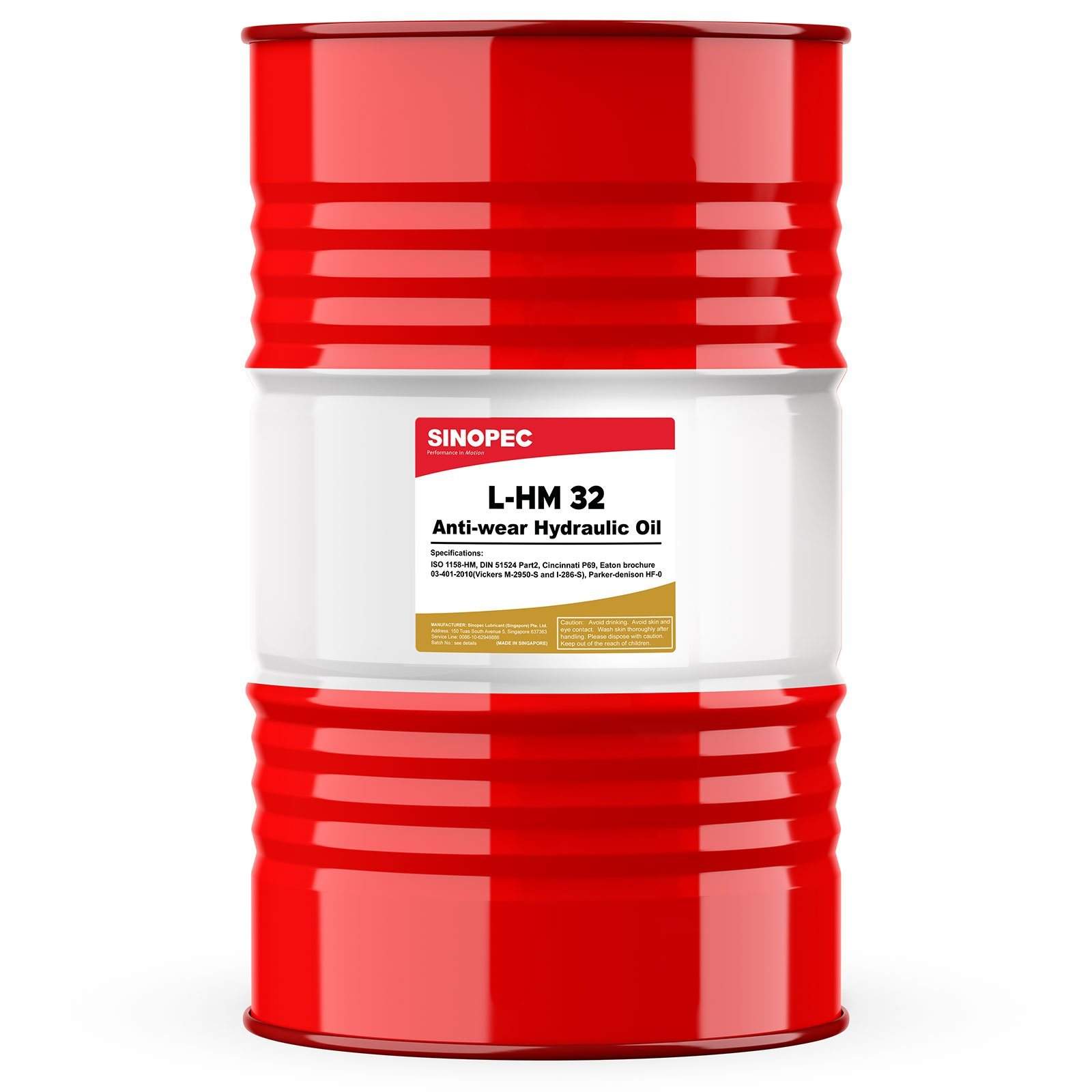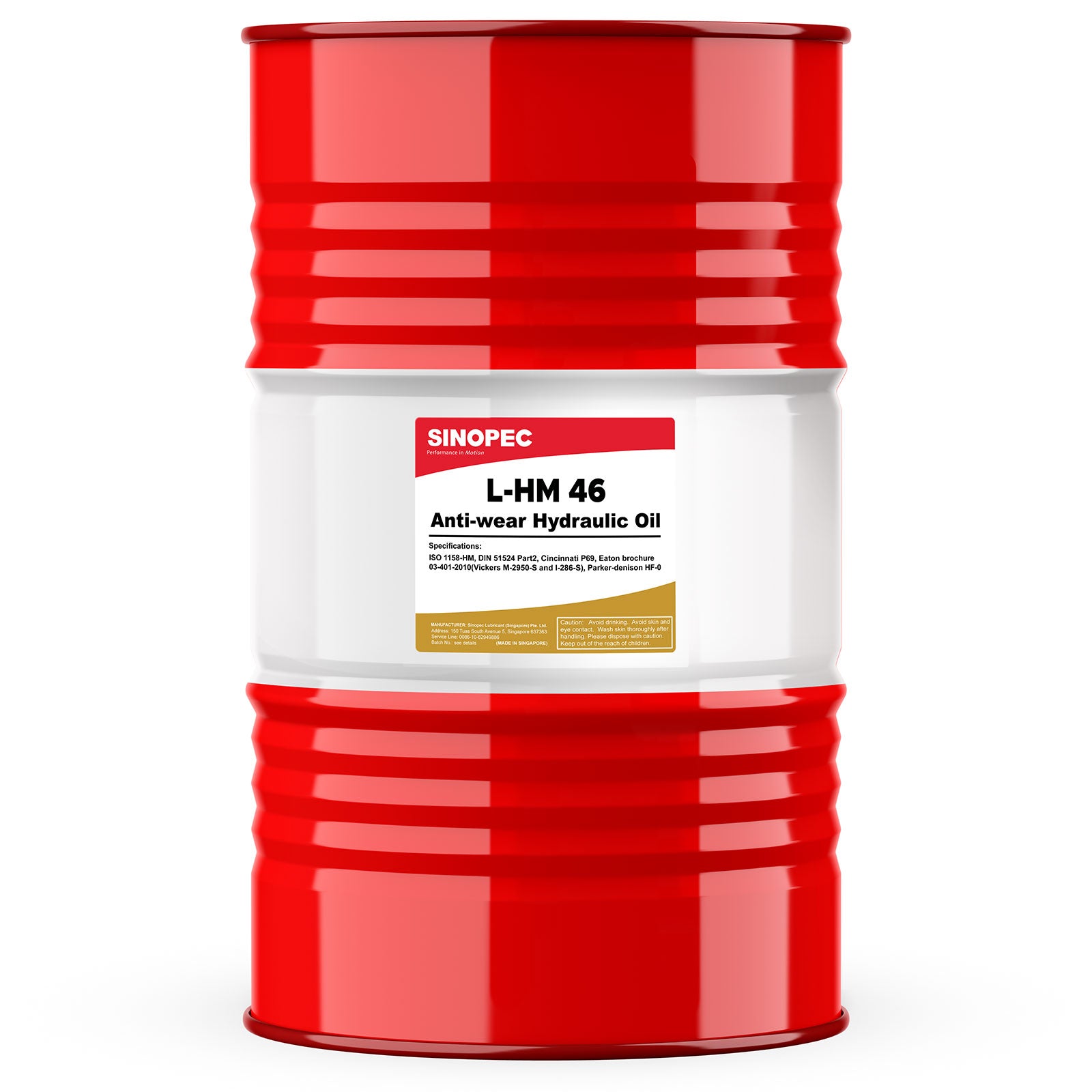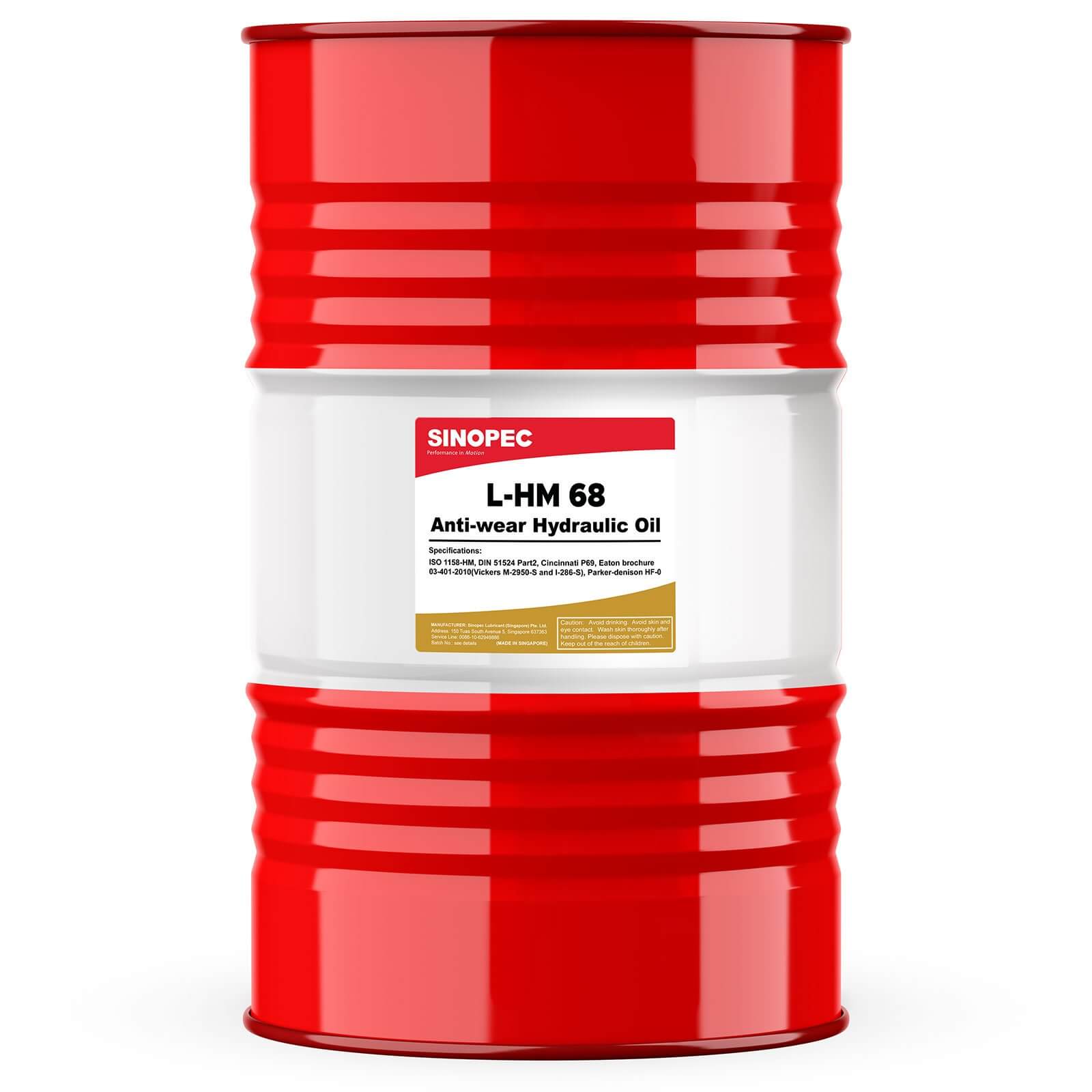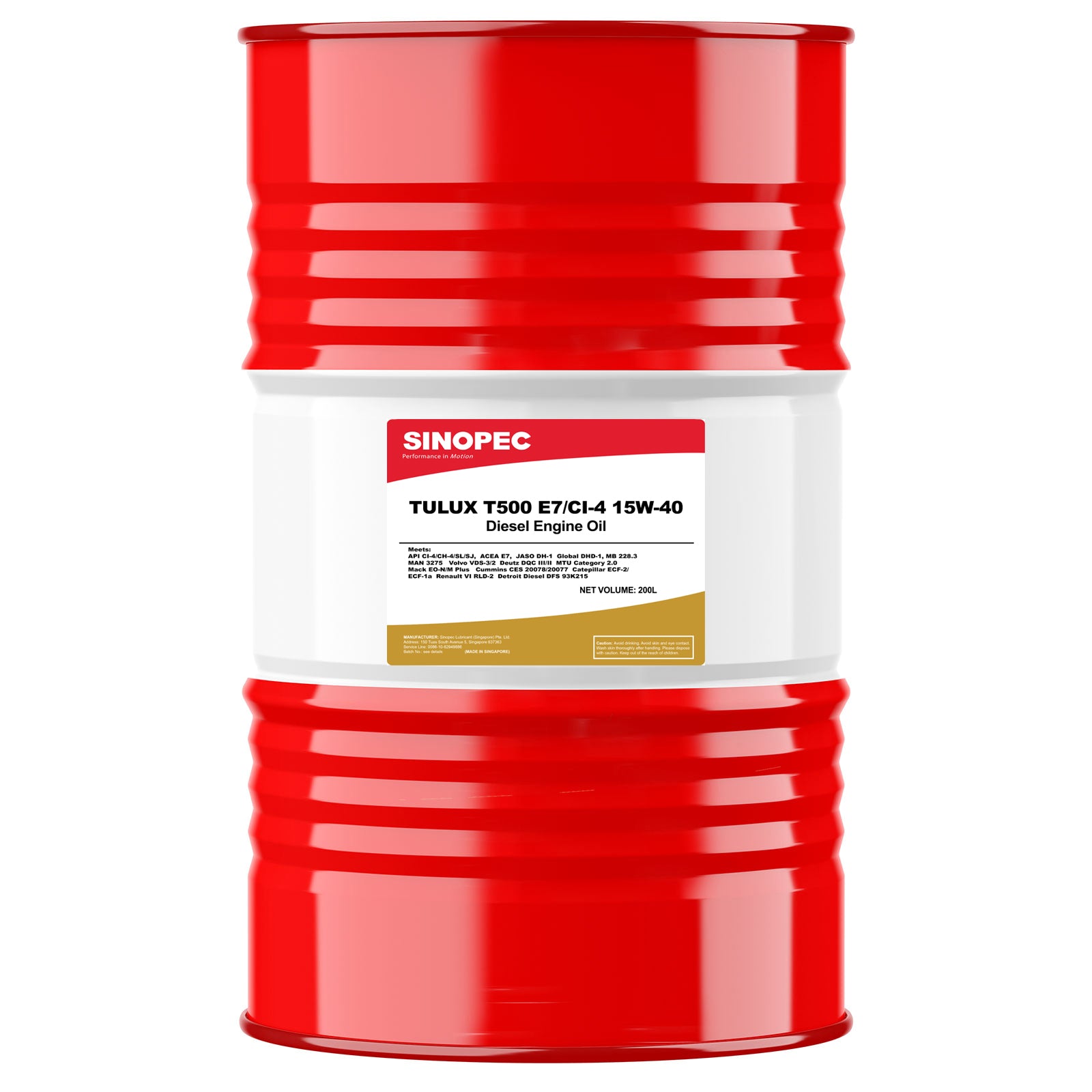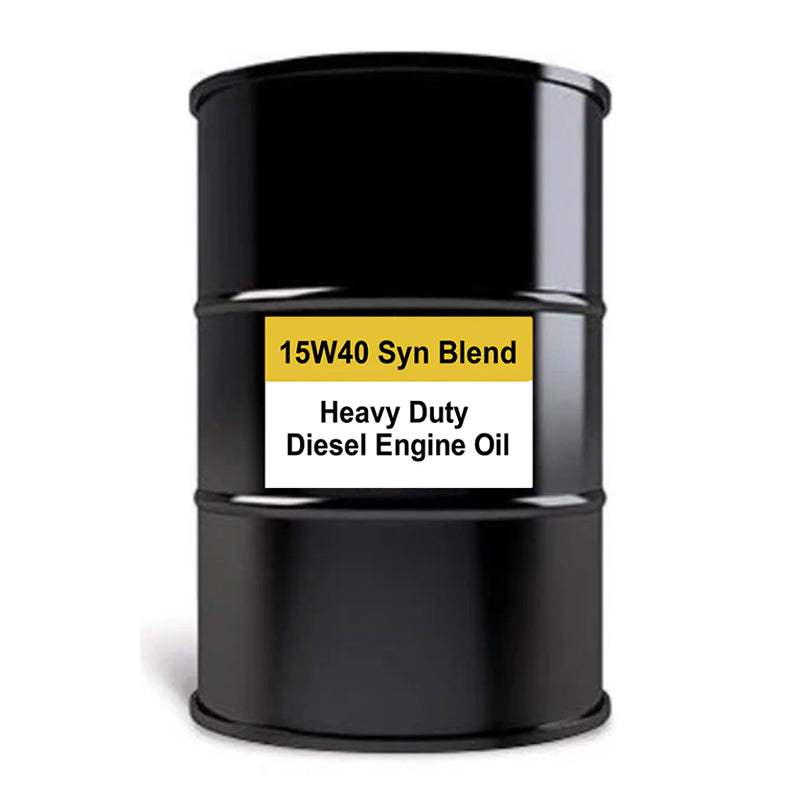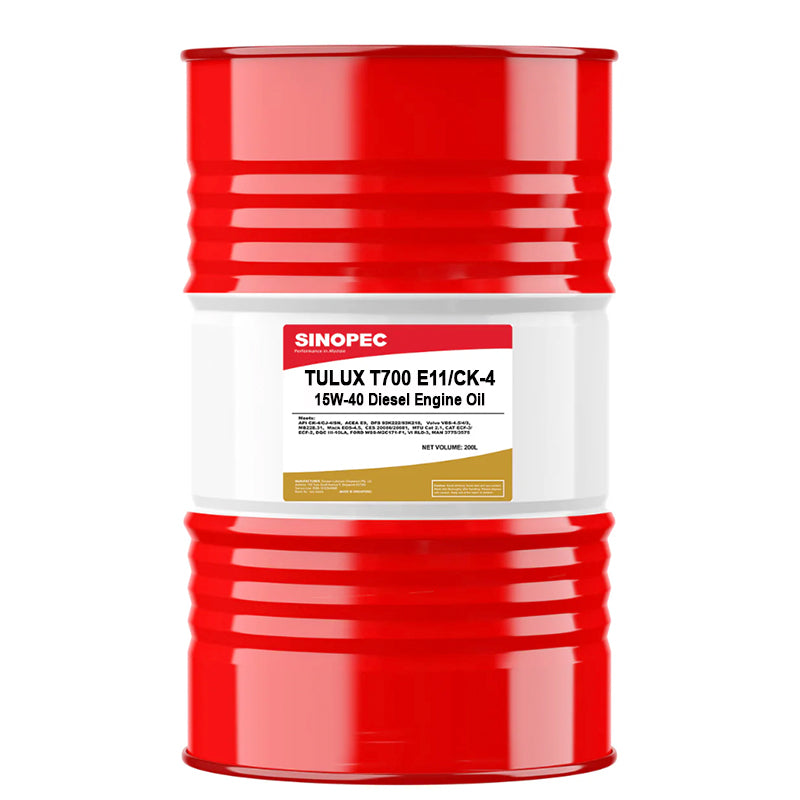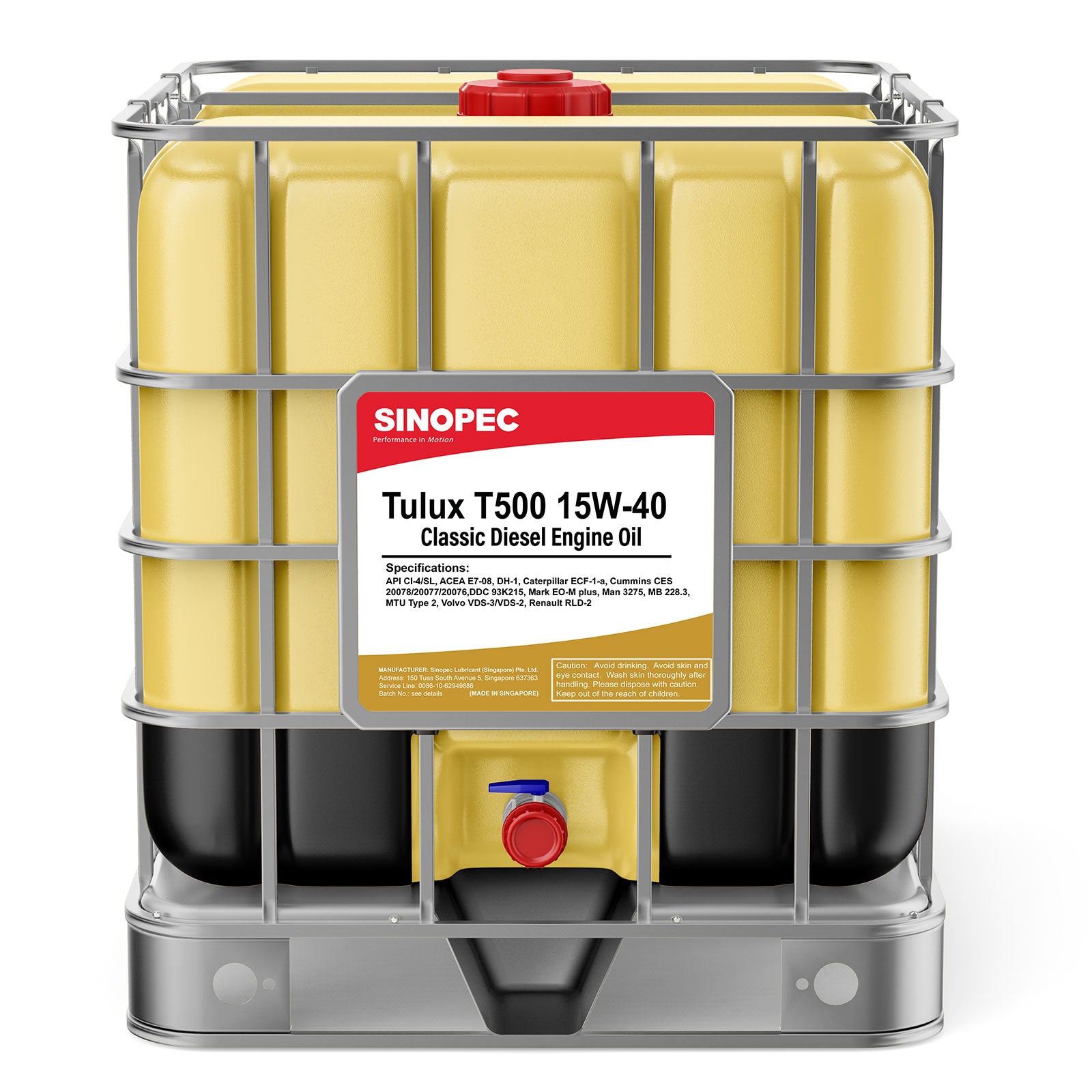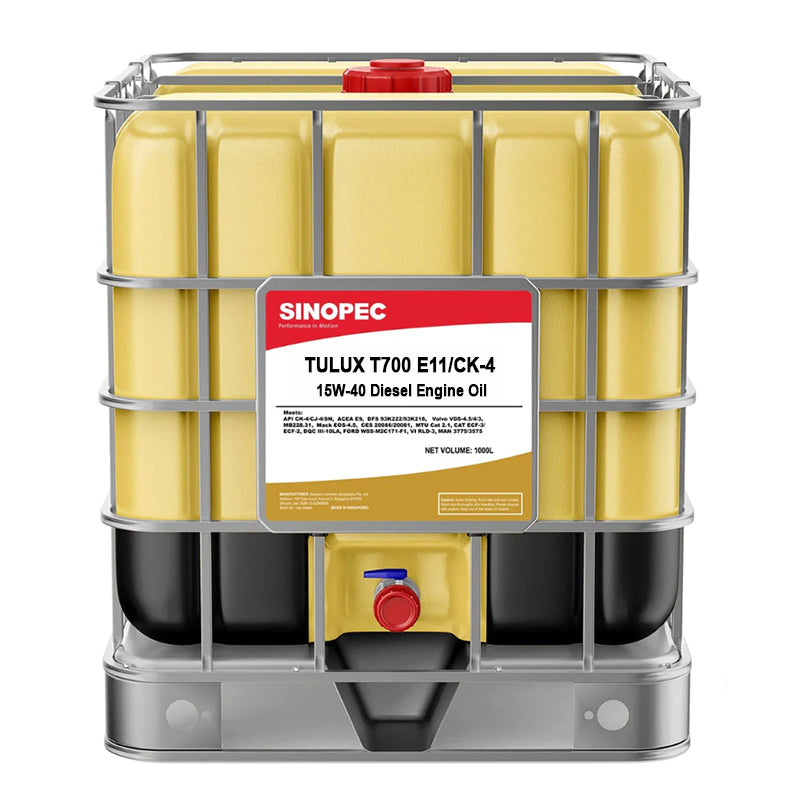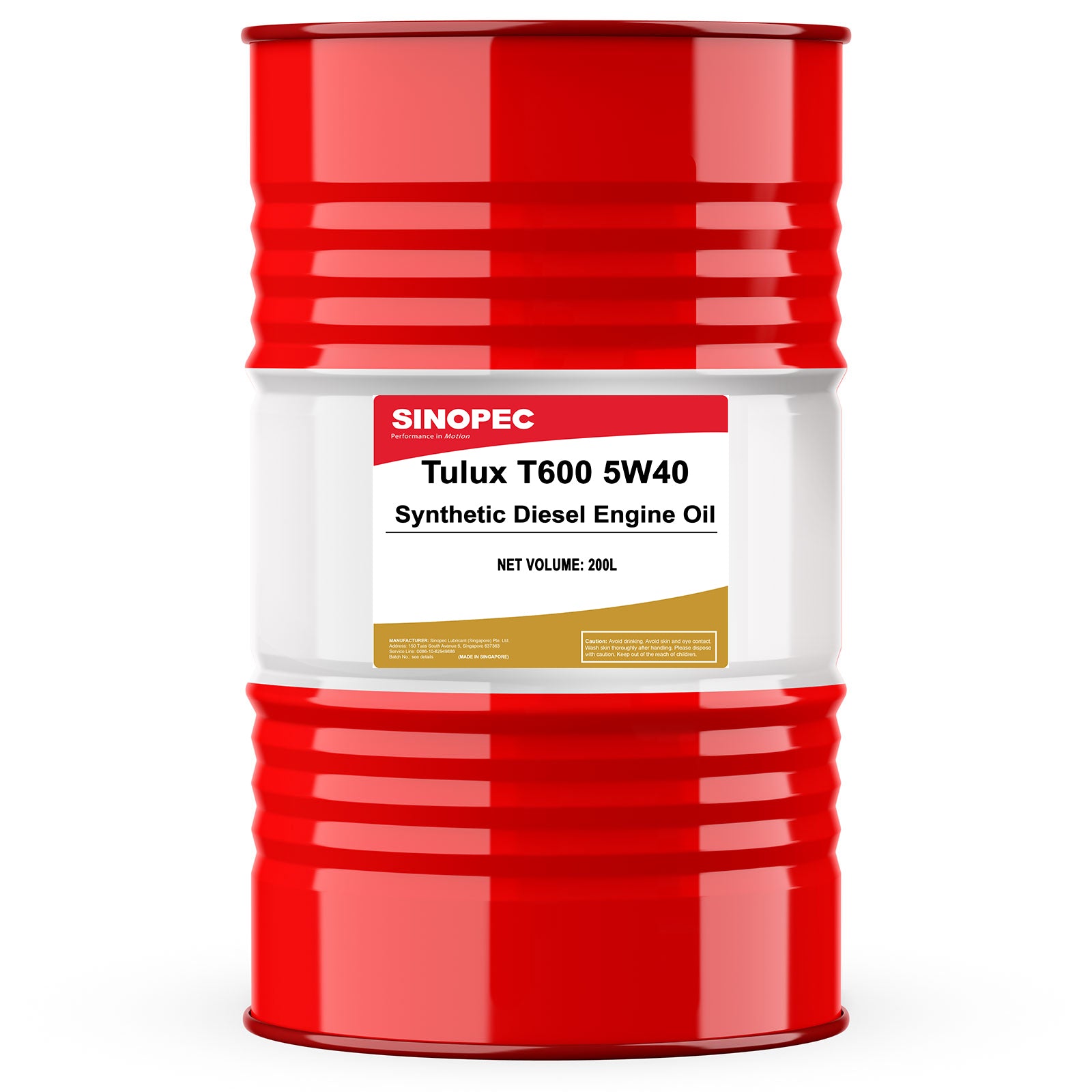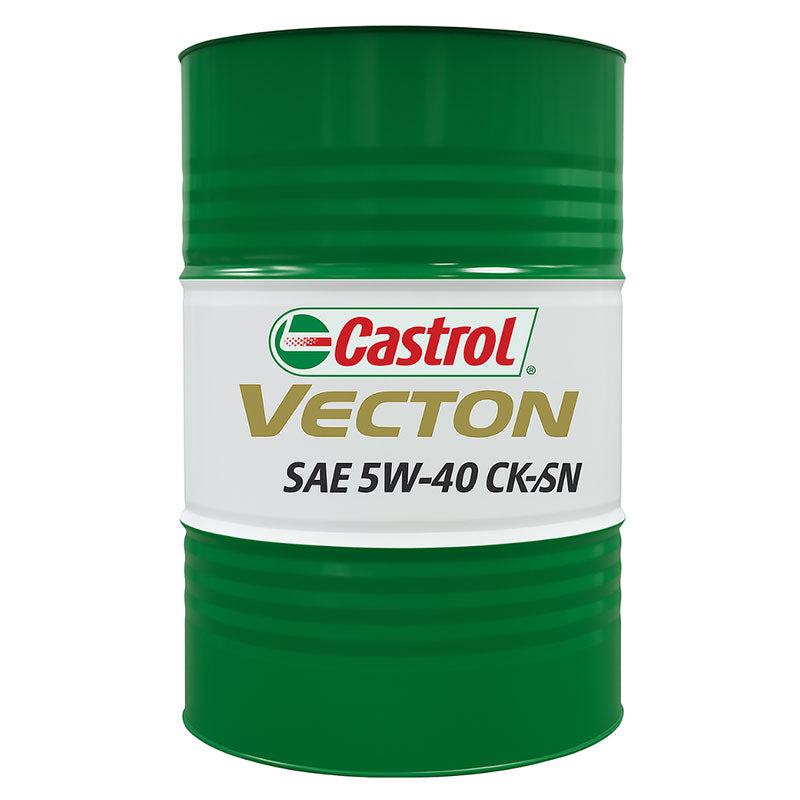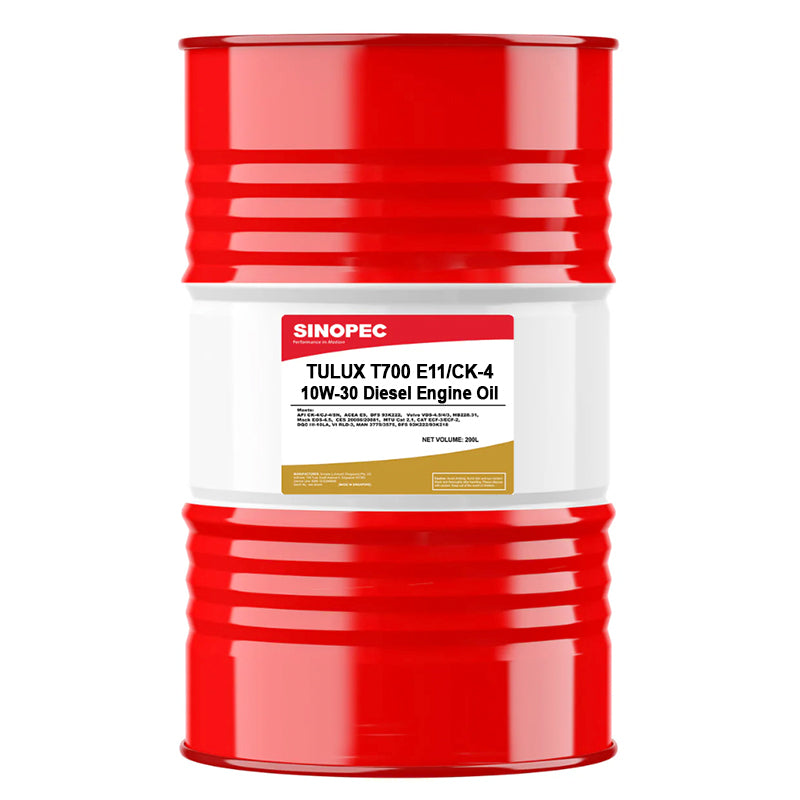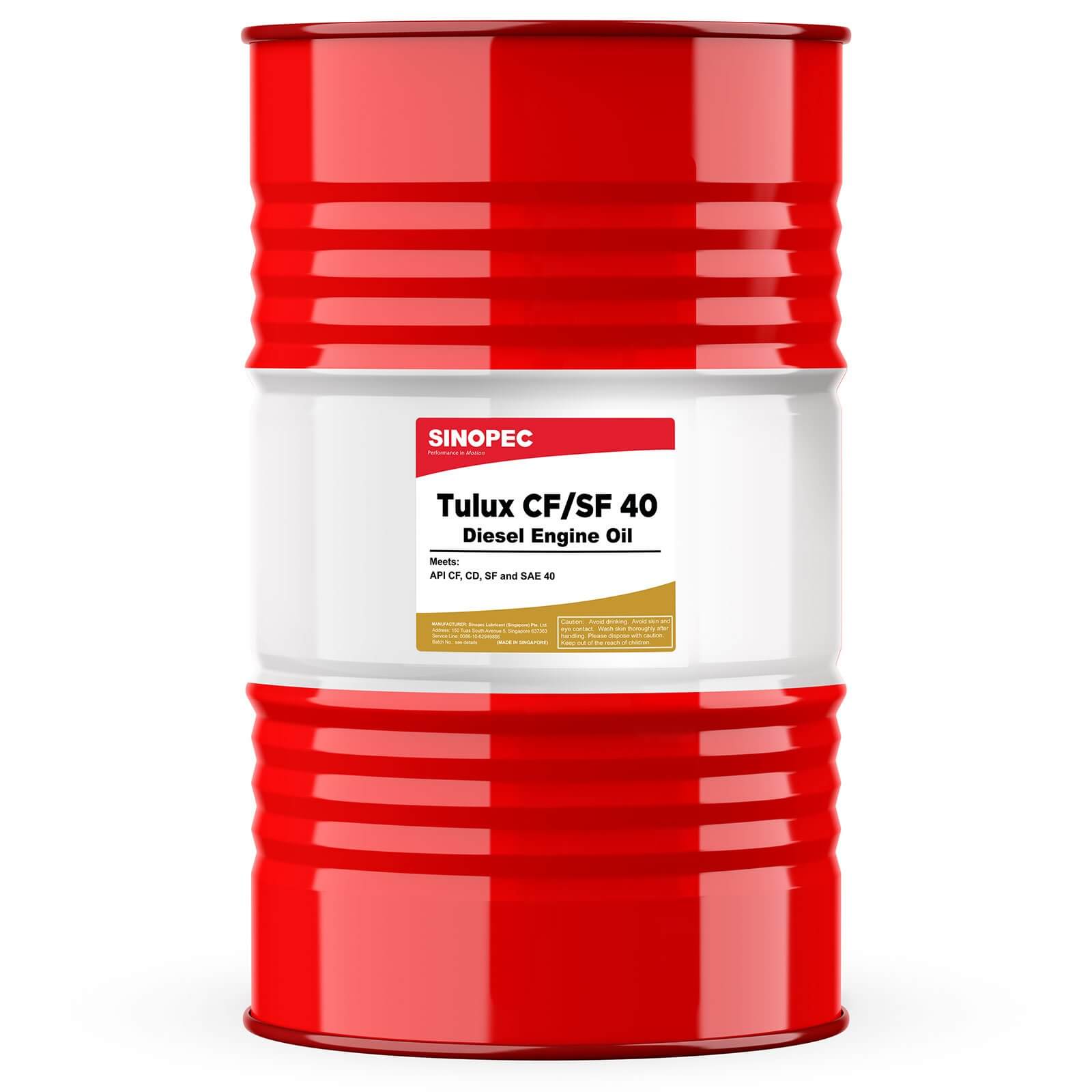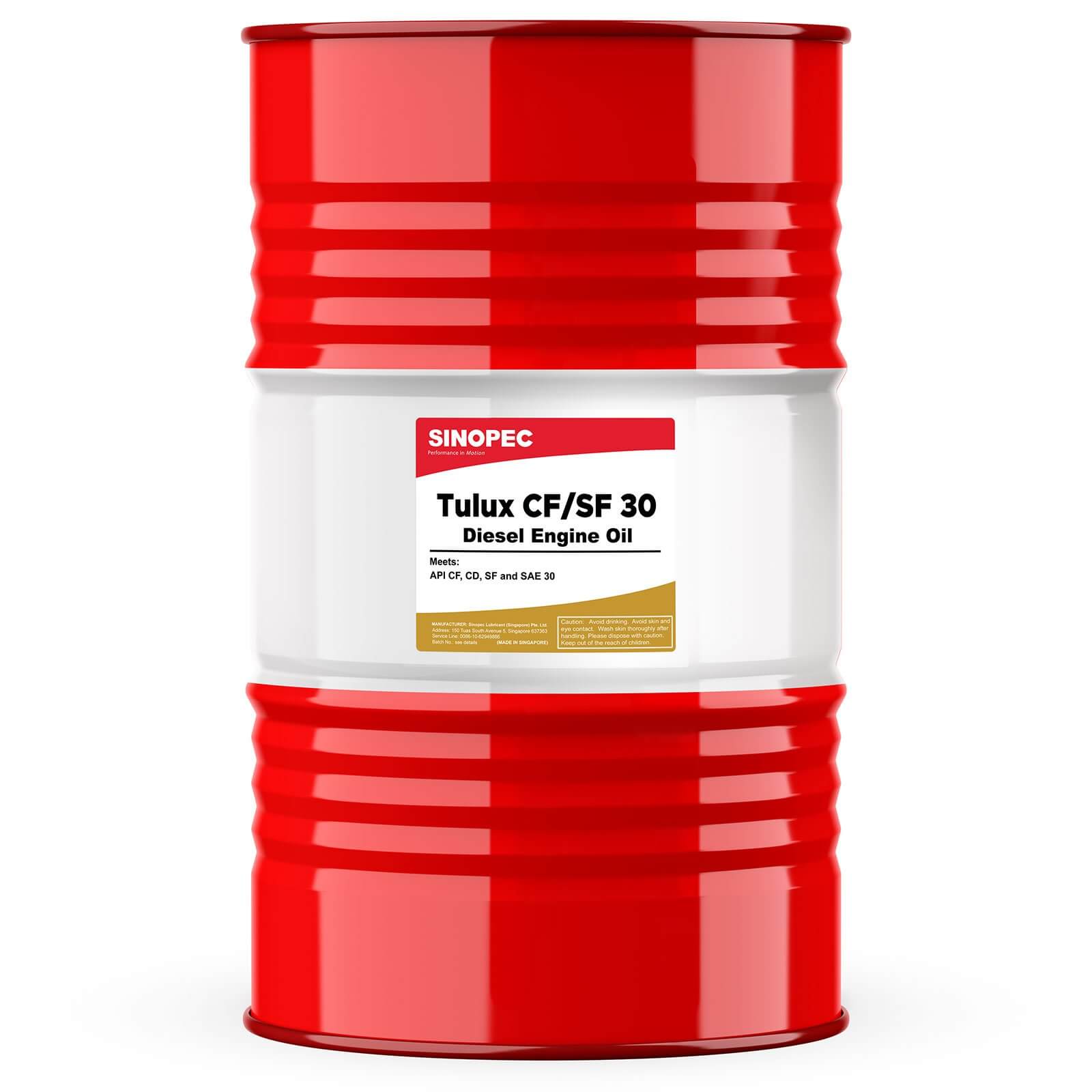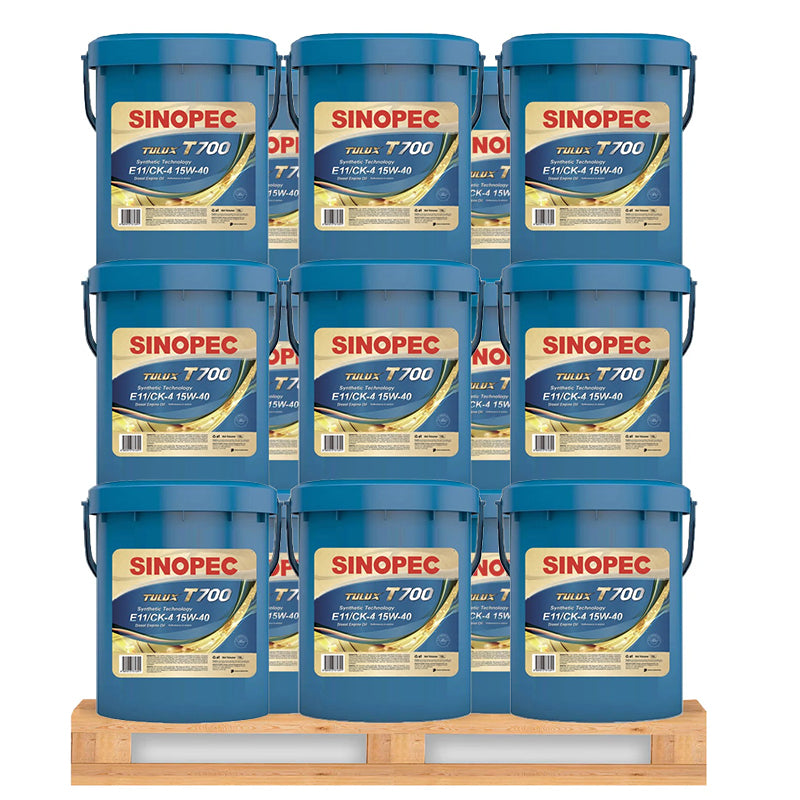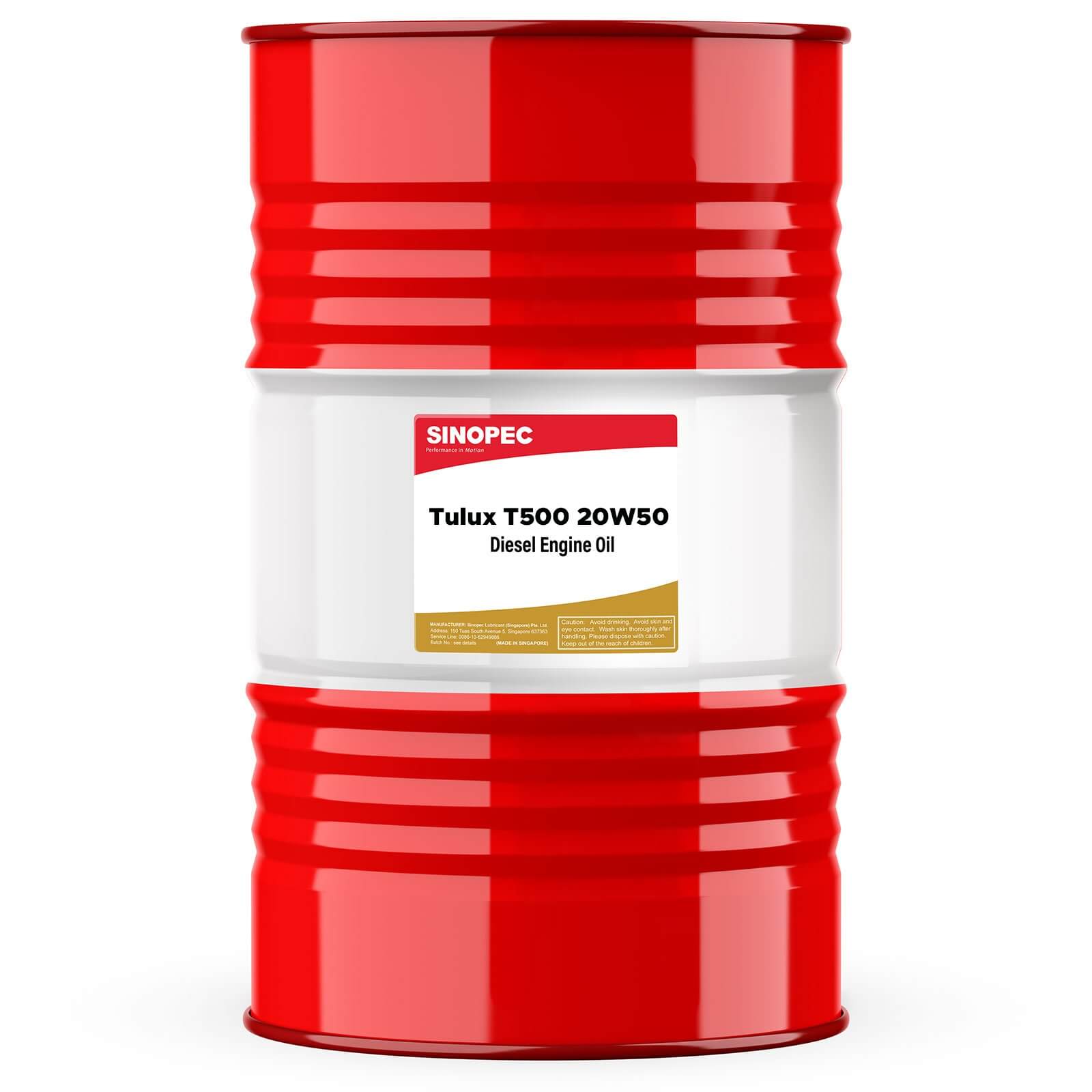Maintaining the bearings in your wheels is crucial for ensuring smooth operation, safety, and extending the lifespan of your vehicle or machinery. One of the key aspects of this maintenance is knowing how often to grease the bearings. In this guide, we’ll explore the factors influencing grease frequency and provide practical tips for optimal bearing care.
Importance of Regular Greasing
Proper lubrication is essential for reducing friction, minimizing wear, and preventing overheating in wheel bearings. Grease also protects bearings from moisture and contaminants. Without regular greasing, bearings can experience premature failure, leading to costly repairs and reduced performance.
Factors Influencing Greasing Frequency
1. Usage and Operating Conditions
-
Heavy Loads: If the wheel is subject to heavy loads or high stress, bearings will need more frequent greasing to maintain optimal performance. High pressure grease is recommended for such conditions to handle the increased demands.
-
High Speeds: For applications involving high-speed operations, bearings require more frequent lubrication to cope with the increased friction and heat. High-speed bearing grease helps maintain smooth operation under these conditions.
-
Environmental Factors: Exposure to harsh environments, such as moisture, dust, or extreme temperatures, can affect lubrication frequency. High temp grease or high temp lithium grease offers better protection against such conditions, potentially extending the intervals between greasing.
2. Manufacturer Recommendations
Always refer to the manufacturer’s guidelines for specific recommendations on greasing intervals. These guidelines are tailored to the equipment’s design and intended use. Manufacturers often provide detailed schedules and types of grease best suited for their bearings.
3. Type of Grease Used
-
Standard Grease: For general use, standard greases may require greasing at regular intervals, such as every few thousand miles or operating hours. Regular checks and top-ups are essential.
-
Specialized Greases: High temp grease or high pressure grease can influence greasing intervals. These greases are designed to handle more demanding conditions and may extend the time between greasing.
4. Operational Signs
Pay attention to signs indicating that bearings need greasing, such as unusual noises, increased friction, or overheating. Regular inspections can help identify these signs early, ensuring timely lubrication.
Practical Greasing Schedule
While specific intervals depend on various factors, a general recommendation is to grease the bearings in one wheel every 3,000 to 5,000 miles for standard applications. For more demanding conditions or specialized equipment, the interval may vary. Always adjust the schedule based on the factors mentioned above and manufacturer recommendations.
How to Grease Wheel Bearings
- Clean the Area: Before applying new grease, clean the bearing area to remove old grease and contaminants.
- Apply the Grease: Use a grease gun to apply the correct type of grease into the bearing. Ensure even distribution.
- Inspect and Test: After greasing, inspect the bearing for any issues and test the wheel to ensure smooth operation.
Regular greasing is essential for maintaining the performance and longevity of wheel bearings. By considering usage conditions, manufacturer recommendations, and the type of grease used, you can determine the optimal greasing frequency for your wheels. For high-quality greases and expert advice, visit Buy Sinopec and ensure your bearings receive the best care possible.

